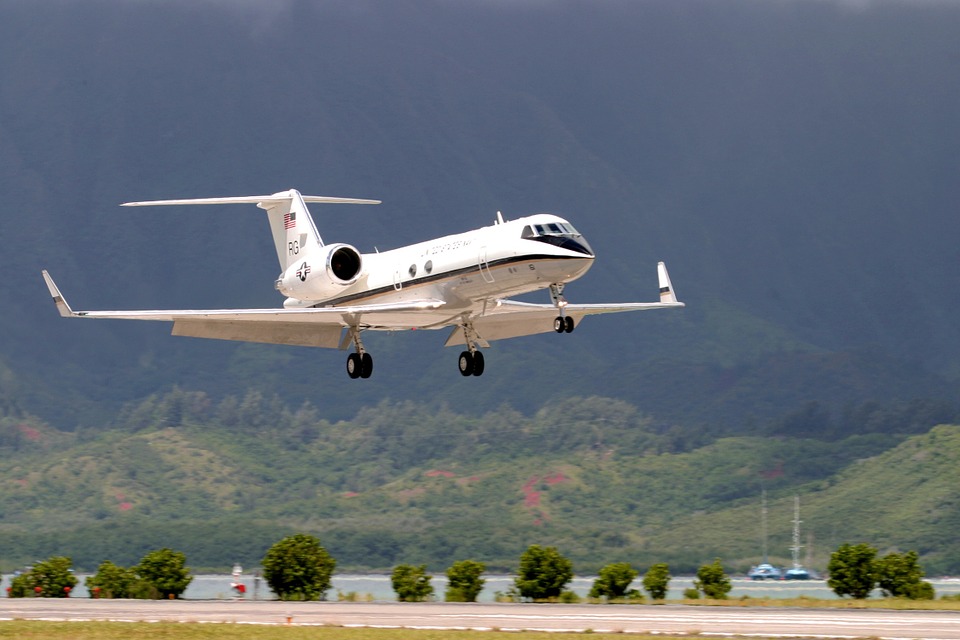This post is also available in:
 עברית (Hebrew)
עברית (Hebrew)
With the increasing number of unmanned aerial systems in the air, keeping the skies safe is critical. Drones will not be permitted to fly beyond line of sight without properly mitigating the risk of collision with manned aircraft. Detect and avoid technologies will be essential, analogous to the see and avoid function of a manned aircraft.
Researchers have recently tested ways to help the Federal Aviation Administration achieve flight safety. As one of the seven FAA-approved Unmanned Aircraft Systems Test Sites, New Mexico State University (NMSU)’s Physical Science Laboratory hosted three days of flight testing, for an FAA project.
Henry Cathey, the team’s research and development engineering manager said: “Flight safety is number one. We want to make sure that folks, who are in aircraft, can fly safely with UAS or drones in the air.”
The project was titled: “Small UAS Detect and Avoid Requirements Necessary for Limited Beyond Visual Line of Sight Operations: Separation Requirements and Testing.”
The flight testing involved various flying encounter scenarios between UAS and manned aircraft to determine if the UAS could detect the aircraft and respond with a maneuver to avoid it.
Casia, an AI-based autonomous collision avoidance system from Iris Automation was used on the UAS to help it see the world as a pilot does.
The flight testing included two types of UAS, a multi-rotor and a fixed wing, with the Iris system onboard, and two manned, NMSU vehicles, the CTLS Light Sport aircraft and Spyder Ultralight aircraft, which posed as the intruder aircraft.
Considerations for encounter scenarios included safe separation distances between vehicles of at least 100 feet in lateral separation and 250 feet in vertical separation. The vehicles conducted tests at different encounter angles and cross patterns. Flights were conducted at two altitudes: 100 feet for the UAS and 500 feet for the manned along with 400 feet for the UAS and 650 feet for the manned. The testing assessed when the Iris system was triggered and its limits.
IRIS Automation system succeeded in detecting the aircraft, tracking and classifying it. It is able to tell the difference between a drone, a helicopter, a small, fixed-wing aircraft and a cloud or a bird.
Testing on other technology solutions such as ground-based, visual/optical systems, radar and acoustic is also planned, and NMSU is slated to host additional flight testing.


























